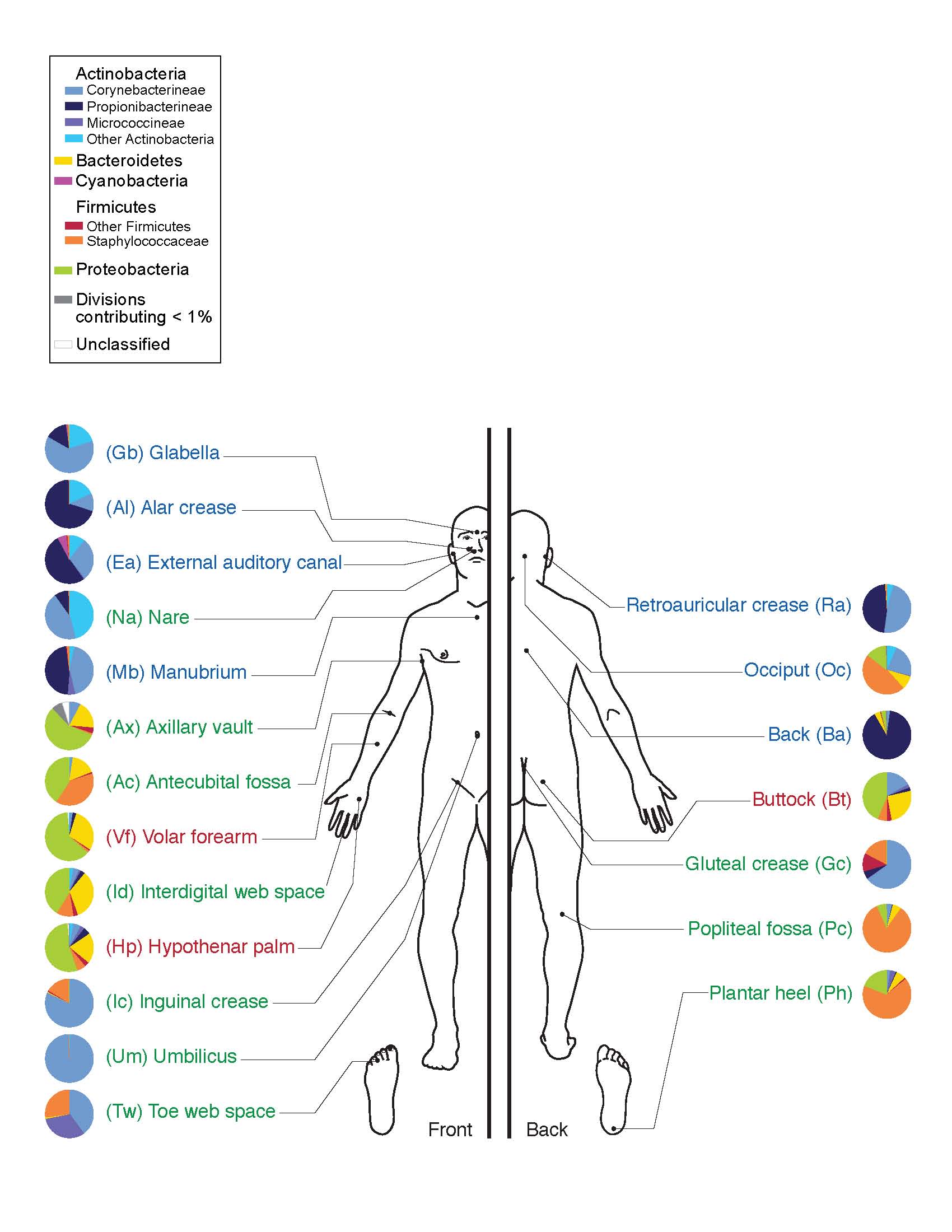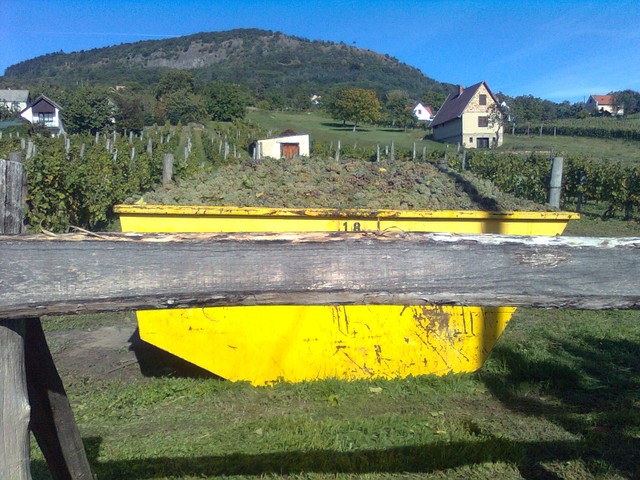Terryfirma
Member
Exactly. Life is all about enzymes, SCOBY, growing, composting, consumption and eliminationSeeing a dairy farm you watched silage or hay ferment just by putting it in a silo. Grandma had sour kraut ferment by shredding a d adding some salt. It works, and is the technology level they had.
Another way to look at wine is that it is a progressive cleaning process: remove big stuff that a press can hold back >> remove sugars via yeast >> remove fine solids via gravity >> remove sharp tasting tannin via time
Heat, acids , salt, alcohol, oxygen, etc. We have to make certain the correct pieces are in place for safe preservation methods without killing off the beneficial enzymes, yeast, bacteria etc.that achieve the desired results. It has been happening for many ages.















































